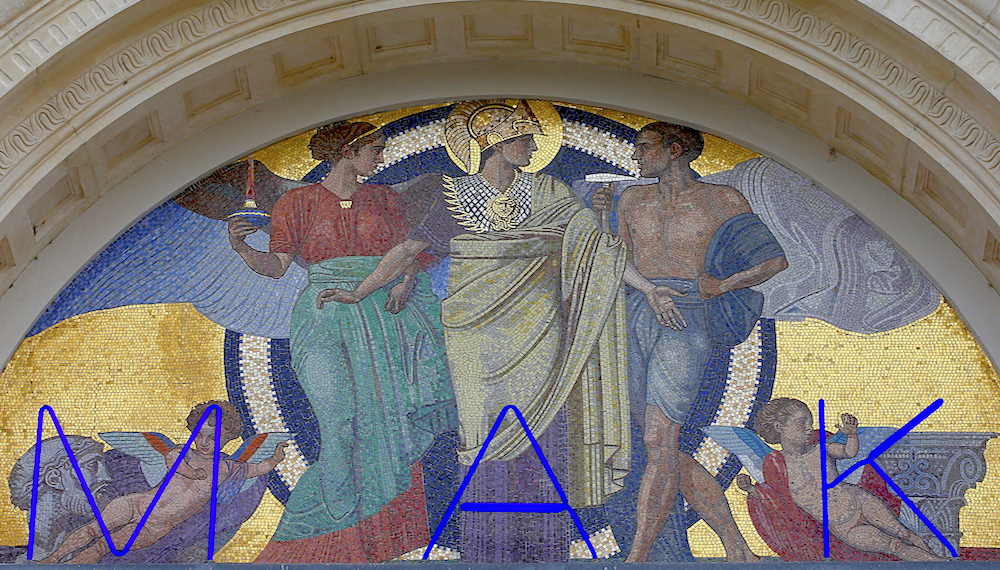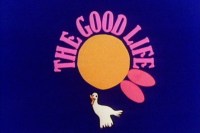When asked how his production of Goodnight Vienna was going down with audiences in Huddersfield, Noel Coward is reputed to have replied ‘about as well as Goodnight Huddersfield would be going down with audiences in Vienna.’
I cannot vouch for Huddersfield’s cultural riches but there has never been a better time to visit Austria’s ‘City of Dreams and Music’. Over the past couple of years, many of Vienna’s most important buildings have undergone a thorough clean in preparation for the 150th anniversary of the World’s Fair. The sprucing up has certainly paid off; buildings once shrouded in layers of soot now gleam sugar white against the clear summer sky.
Meanwhile, an epidemic of cholera swept through the city just as the stock exchange crashed
Mired by setbacks, the 1873 fair was one of the biggest of its kind and cost a whopping £23.4 million to stage. After weeks of unrelenting rain, the Danube burst its banks, deluging the exhibition ground days before the grand opening. Meanwhile, an epidemic of cholera swept through the city just as the stock exchange crashed. Despite a shaky start, the fair attracted around seven million visitors to the city’s Prater Park where 26,000 exhibitors from countries as diverse as China and the USA came to show off their wares.
Visitors could look at silk kimonos from China and decorative jewellery from the Middle East, held in decorative pavilions built in the vernacular of each country. It was here that Europeans had their first taste of cocktails, a US invention that caused quite a stir at the time.
As well as celebrating the best of Austro-Hungarian industry and culture, the fair also commemorated Franz Joseph I’s 25th year as emperor. Sadly, the magnificent centrepiece, a rotunda designed by Scottish engineer John Scott Russell, was destroyed by fire in 1937. Today, only one of the original pavilions remains along with the handsome ferris wheel made famous by Orson Welles in his film The Third Man. Queues for what was once Europe’s highest big wheel are lengthy but worth it for the views.
Despite being a financial disaster, the World’s Fair kick-started a major renovation project that saw the old city restored to its former glory. Some citizens still mourn the demolition of the original city wall, but a ring of handsome mansions built for local aristocrats has more than compensated for the loss. The only remnants of the fortress are visible from the foyer of The Imperial Hotel.
Although many fine 17th and 18th century buildings were destroyed during the war, the 12th century Romanesque St Stephan’s Cathedral was saved, despite considerable damage inflicted to the roof. While the old city continues to be the main attraction, head to the east bank of the Wisła River and you’ll discover a mishmash of fine contemporary architecture in a brand new district just off Prater Park. The late Zaha Hadid’s new library looks like a gift from outer space and has become a popular hangout for younger crowds. The use of natural materials gives each building an organic feel and, unlike so much contemporary architecture, the jutting walls and angular roofs are on a pleasingly human scale, encouraging visitors to linger. Two-hour guided tours can be organised through the University of Economics and Business. Other walking tours of the city include insights into Vienna’s changing architecture, from Baroque to Gothic Revival.
All over town, there are events and exhibitions celebrating the anniversary of the World’s Fair. At the magnificent Museum of Applied Arts, you can gaze upon vast crystal glass chandeliers, decorative mirrors and intricate tableware by renowned 200-year-old glass manufacturer J. & L. Lobmeyr, who were major exhibitors at the original fair. At the ‘1873 Vienna World’s Fair Revisited’ exhibition, there are artefacts from Egypt and Japan, two countries heralded for their exoticism by organisers of the 1873 extravaganza. Back in Prater Park, the Panorama Vienna will provide visually spectacular shows held within a beautifully designed 32-metre rotunda. The first show will open in September and will feature a 360-degree panorama of Rome as it would have looked in 312. For history buffs, this year also sees the reopening of the Wien Museum after several years of remodelling and expansion.
The Vienna Water Festival celebrates the first arrival of crystal clear spring water, channelled directly into the city from the nearby Alps back in 1873. The pristine supply continues to run through every tap in town so no need to bother with expensive bottled water when eating out – indeed because of the tap water’s superior taste and quality, waiters will try to dissuade you from ordering the bottled water. This October sees the official opening of the high spring pipeline and the unveiling of a decorative anniversary fountain in the handsome Sonnwendviertel region. Designed by Gelatin, an internationally renowned group of Austrian artists, the fountain will sit at the heart of one of the most spectacular urban development projects in the city.
Vienna’s architectural wonders have always been a joy to behold but with this year’s celebrations, there’s a sense of renewed pride.






Comments